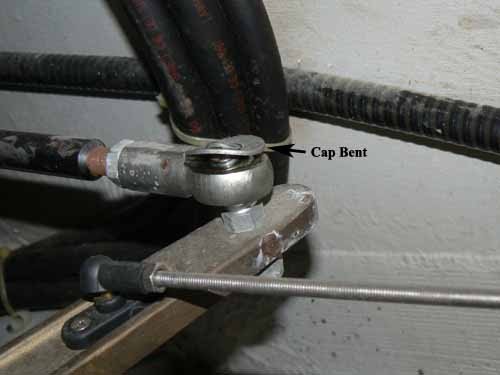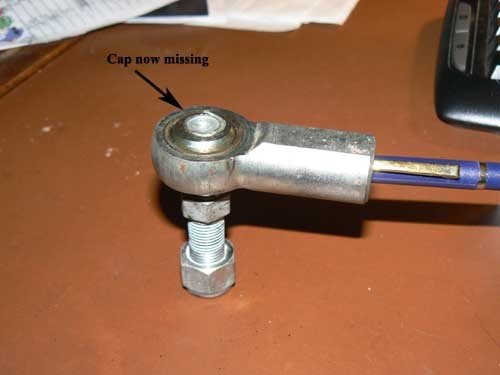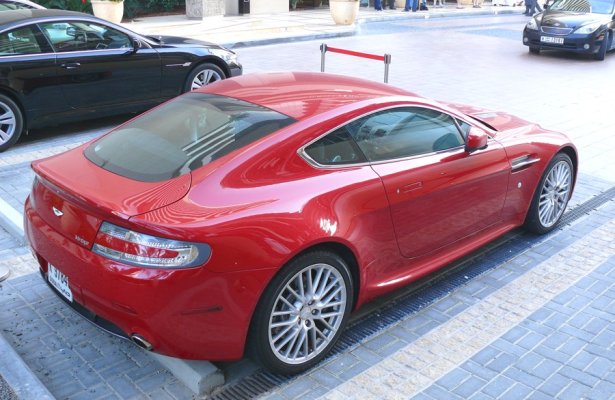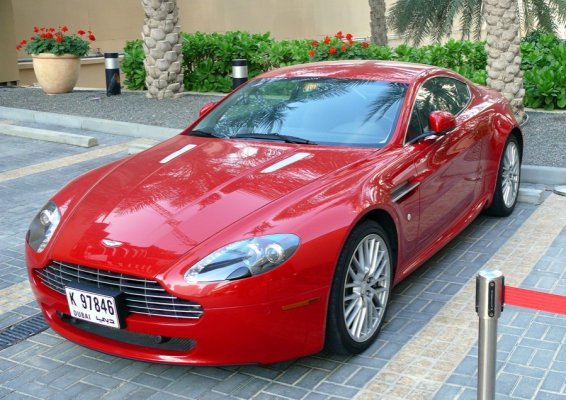Marin wrote:I've never taken an automotive ball joint apart, I've just replaced them, so I don't know if the typical constuction has the vertical rod driven into the center of the ball or threaded into the ball.* I suspect it's driven but I could well be wrong.
*The ball joints under discussion have nothing in common with automotive ball joints. There is no comparison other than the name.
The ball is slightly flattened top and bottom and is bored through the center. The ball is retained within a spherical bearing that when formed during manufacture provides holding and bearing area from about *45N to *45S. If you were to play with one you would see that the ball is free to rotate inside the bearing and will rotate 360 degrees in any direction.
The body which holds the bearing has an internally or externally*threaded extension to provide a means to mount on the rod or fixture it serves. The center bore of the ball is designed to fit a standard diameter bolt or stud, though more precision assemblies are available for specific purposes.
As I wrote earlier, I have not seen every form of Heim joint ever made but I will be very very surprised if this one is any different than all the others that are used in thousands of applications in millions of machines. I cannot believe some small boat manufacturer designed a special ball joint with extraneous features*and had a machine shop produce it in very small quantities.
Timjet, ask the people you spoke with for a drawing of that ball joint and post it here. Also, check that rod if it is bent and find out how it got bent.
EDIT:* I just looked at those pictures again after copying them and enlarging. It almost looks like those joints are assembled with a non removable stud so as to maintain a parts market for the boatbuilder. It looks like they took*a standard ball joint and inserted a longer stud through the bore so that it extended a few mm above the top of the ball. The stud may have a slight shoulder to hold the washer we see in the first photograph. After the stud and washer are in place, the top of the stud is expanded much the same a rivet head to retain the washer and hold the stud in the ball. This makes the ball and stud a single unit for parts ID and sales purposes.
To confirm this, look at the portion of the stud above the nut that rests on the bellcrank or rudder arm. If it is smooth with no threads then it is a stud. Something has happened between the two pictures. The first on shows a washer that someone has tried to pry off with a screwdriver or some other tool. The second picture shows the top of the ball with all the evidence missing. If this is the case, and I now believe it is, then file the top of the broken stud smooth, apply some mousemilk to the area, carefully support the ball and press or punch the stud out of the bore. Replace with a bolt.
-- Edited by RickB on Wednesday 14th of July 2010 02:55:42 PM




